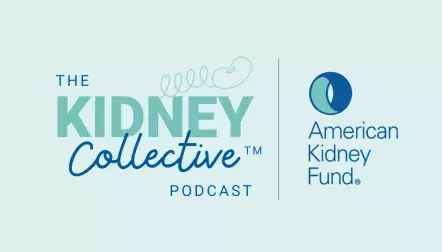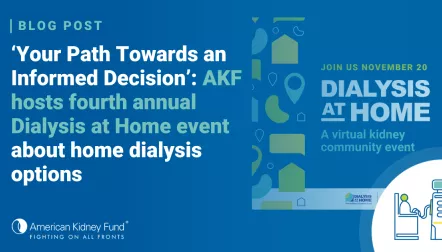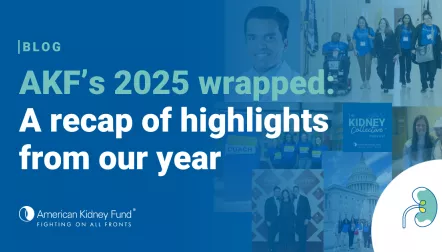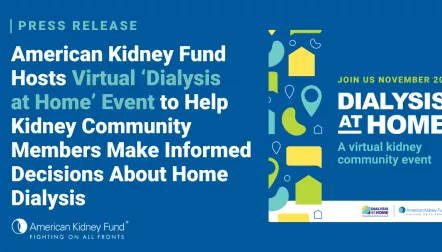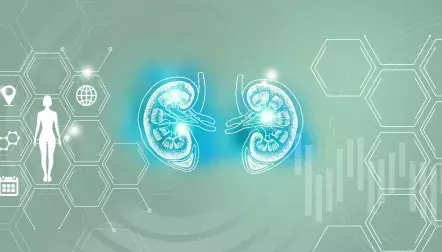
Blog post
Dialysis fistula and graft bleeds: What are they and how can they be prevented and treated?
People living with kidney failure who are on hemodialysis can face a number of challenges–from carefully managing their fluid intake and monitoring for infections and side effects, to protecting their dialysis access site. For people who receive hemodialysis through an arteriovenous fistula (AVF) or a graft (AVG), they must also be aware of and prepare for the risk of unexpected bleeding and ruptures through their access point.
AVFs are created when a surgeon connects an artery (a large blood vessel that carries blood from the heart) and a vein (a blood vessel that carries blood to the heart) under the skin of your arm. Surgeons create grafts by using synthetic materials to connect an artery and vein under the skin in your arm. While rare, fistula and graft bleeds are serious occurrences that can lead to rapid and significant blood loss, requiring urgent action, particularly in home settings where timely medical assistance may not be readily available.
If you receive hemodialysis through an AVF or a graft, this blog post aims to inform you about the risk of bleeding and what to do so you can feel more prepared and confident to respond if a bleed occurs.
Stay Vigilant: Know your access site
Whether you receive hemodialysis in a clinic or at home, you should regularly make sure your fistula or graft is healthy and functioning properly and not rely solely on your dialysis team or care partner to do this. Check your fistula or graft regularly for swelling, bleeding, changes in thrill (the vibration felt over the access site), skin breakdown or signs of infection.
Don't wait for your next dialysis session to speak up. If you notice anything unusual — or if something just doesn't feel right — call your dialysis care team immediately.
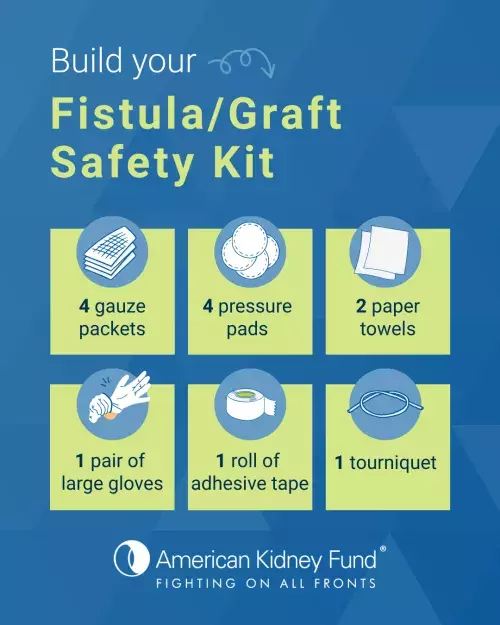
Emergency Preparedness: Supplies you should have at home
If you receive hemodialysis at home, health care professionals recommend that you keep an emergency kit that includes four gauze packets, one roll of adhesive tape, four pressure pads, two paper towels, one pair of large gloves and one tourniquet.
Make sure to store these items in an easy-to-reach place or a bag you carry often, as you may not have time to search for supplies during an emergency.
What to do if your fistula or graft starts bleeding outside of a dialysis clinic
The most important thing to remember if a bleed occurs is that your first and main priority is to stop the bleeding, not preserve the function of your fistula or graft, as alternative access can be created. You should take the following steps to stop the bleeding:
- Use at least two fingers to hold the gauze
- Apply firm, continuous pressure
- Wait at least 10 minutes before checking to see if the bleeding has stopped
- When bleeding stops, apply fresh gauze and tape or a clean pressure pad
- If bleeding continues after 10-15 minutes, or starts again, reapply pressure and call 911 or seek emergency help immediately.
Learn more about fistula caps
Innovative fistula caps are now available to help manage emergency bleeds and have been used in the United Kingdom. They are starting to become available in some areas in the U.S. These small bottle-cap like devices create a vacuum seal over the bleeding site, helping to capture blood, promote clotting and stabilize the site until help arrives. Ask your care team if fistula caps are right for you — and learn how to use one in an emergency.
Remember: Preparation is key to staying safe
Unexpected bleeding from a fistula or graft is rare, but preparation can make all the difference. Share this information with your care partner or family members and practice what to do in an emergency. The more confident you are, the faster you can respond if bleeding occurs.
For more information on managing bleeding in fistulas and grafts, click here.
